Curio Ficoides Mount Everest – Skyscraper Senecio
£12.95 Original price was: £12.95.£9.07Current price is: £9.07.
- Shop with ease, buy with confidence.
- Shop with Ease
- Buy quality, buy with us.
- Protect Your Wallet with Safe Payments

Meet Mount Everest, the low-maintenance architectural succulent that effortlessly combines elegance and resilience. With a lush array of densely packed, elongated, needle-like leaves that glisten with a silvery-blue hue and upright growth habit, Curio ficoides Mount Everest, (as its name suggests) stands comparatively tall over other specimens in the Curio family.
Curio ficoides Mount Everest – Skyscraper Senecio Care & Info Guide
Horty Hints
Taxononmic transformation. This plant previously belonged to the genus Senecio but has since been reclassified as Curio thanks to its elongated succulent leaves and lack of ray florets. You’ll still find this plant called Senecio Mount Everest, Skyscraper Senecio and Blue Chalksticks Senecio.
Everest by name, not by nature. Don’t let the name concern you – this compact succulent will only grow to a maximum height of 40-50cm.
Watch me bloom! More mature plants will grow dainty white flowers from the ends of the stems during the summer months.

Light
Senecio Mount Everest enjoys bright, indirect light through to partial shade. Avoid exposing your plant to harsh midday sunlight, but some morning or late afternoon sun would be a bonus.

Watering
Senecio are very drought tolerant, storing water in their leaves. Allow the soil to dry out between watering. Do not overwater or allow the plant to sit in water.

Temperature
Optimal room temperatures are 18-24°C, however these Senecio can tolerate cooler temperatures even as low as 10°C in winter while the plant is dormant.

Humidity
The Mount Everest Senecio does fine in average home humidity, but will thrive in slightly more humid environments like the kitchen or bathroom, or with the occasional misting.

Feed
A weak solution of balanced fertiliser once a month during the summer months.

Height & Growth Rate
The Everest is a slow-grower and typically stretches to an ultimate height of 40-50cm.

Toxicity
The Senecio Mount Everest is mildly toxic if eaten. Keep away from children and animals. Do not consume.

Origin
Senecio originates from South Africa, but this is a contemporary cultivar from European growers.
| SIZE: Pot Diameter x Total Height | 12 x 20cm, 14 x 35cm |
|---|
Be the first to review “Curio Ficoides Mount Everest – Skyscraper Senecio” Cancel reply
Related products
HOUSEPLANT STYLES
HOUSEPLANT STYLES
HOUSEPLANT STYLES
HOUSEPLANT STYLES
HOUSEPLANT STYLES
HOUSEPLANT STYLES
HOUSEPLANT STYLES
HOUSEPLANT STYLES



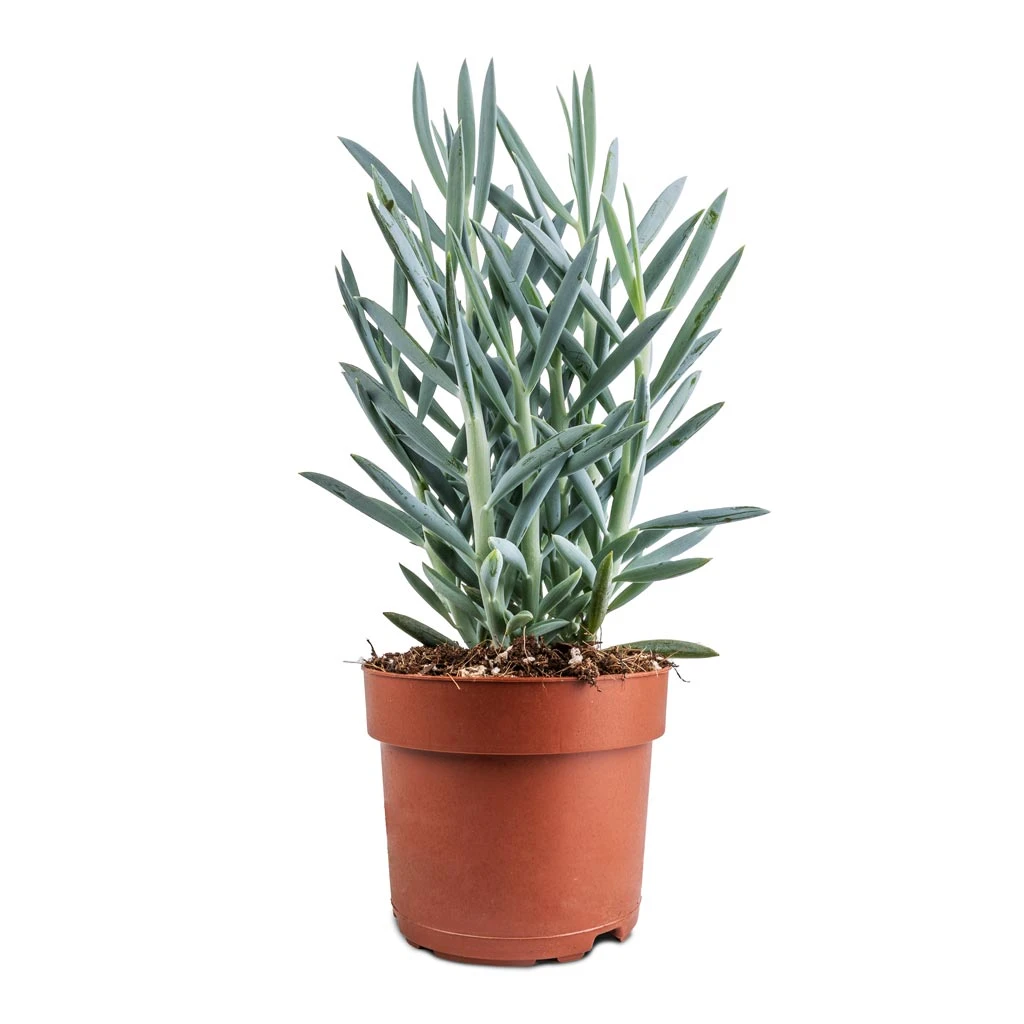




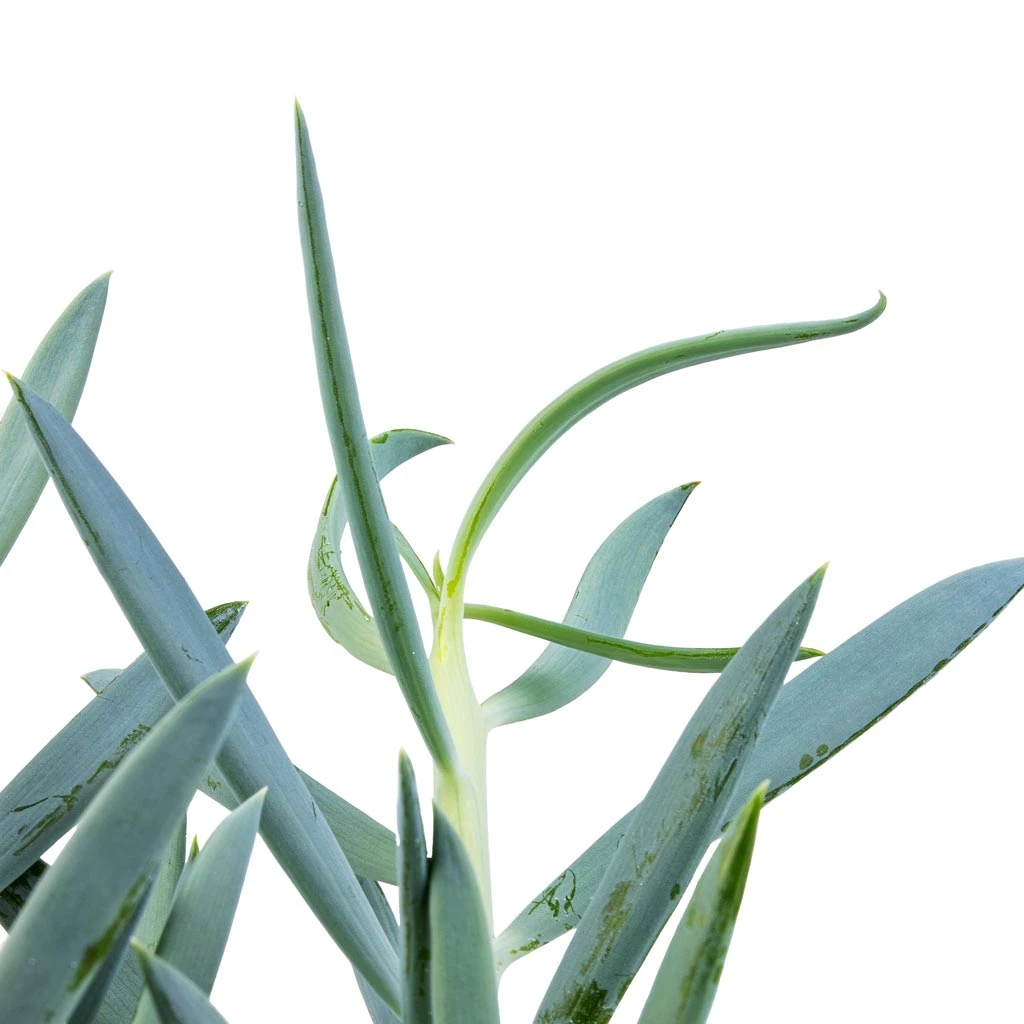


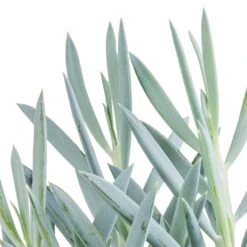

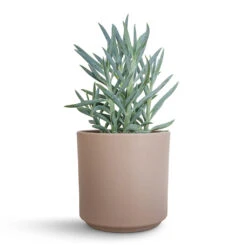
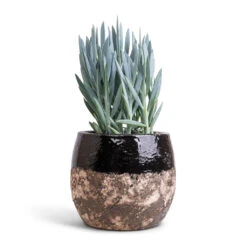
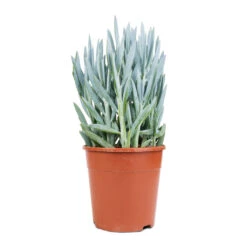
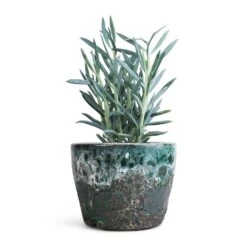
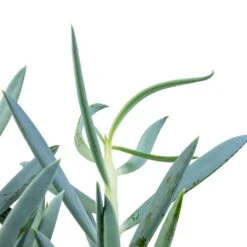

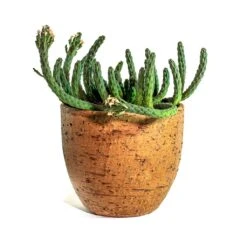
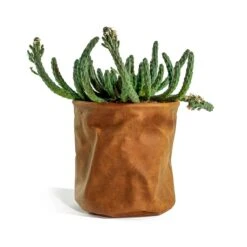
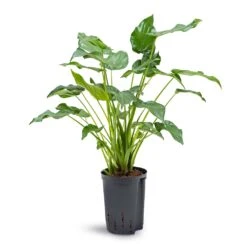




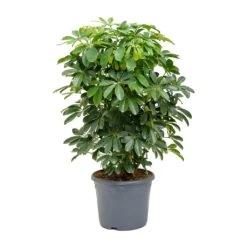





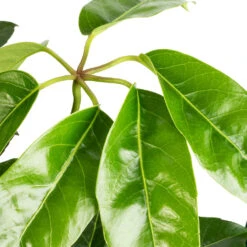

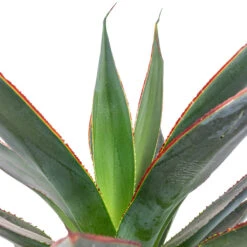
Reviews
There are no reviews yet.